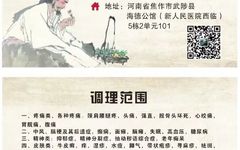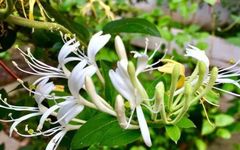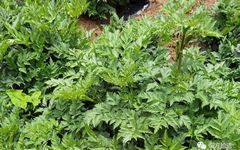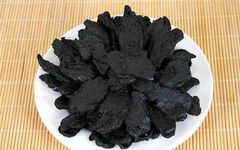Traditional Chinese Medicine: The Interconnectedness of the Five Organs and Its Health Principles
The five organs are all “born with a purpose,” each fulfilling its role. As noted by Zhang Zhizong in the Qing Dynasty in “Lüshan Hall Classifications”: “The energies of the five organs are all interconnected.” The five organs have an inherent connection in physiological activities and pathological changes, forming a relationship of mutual generation and … Read more










